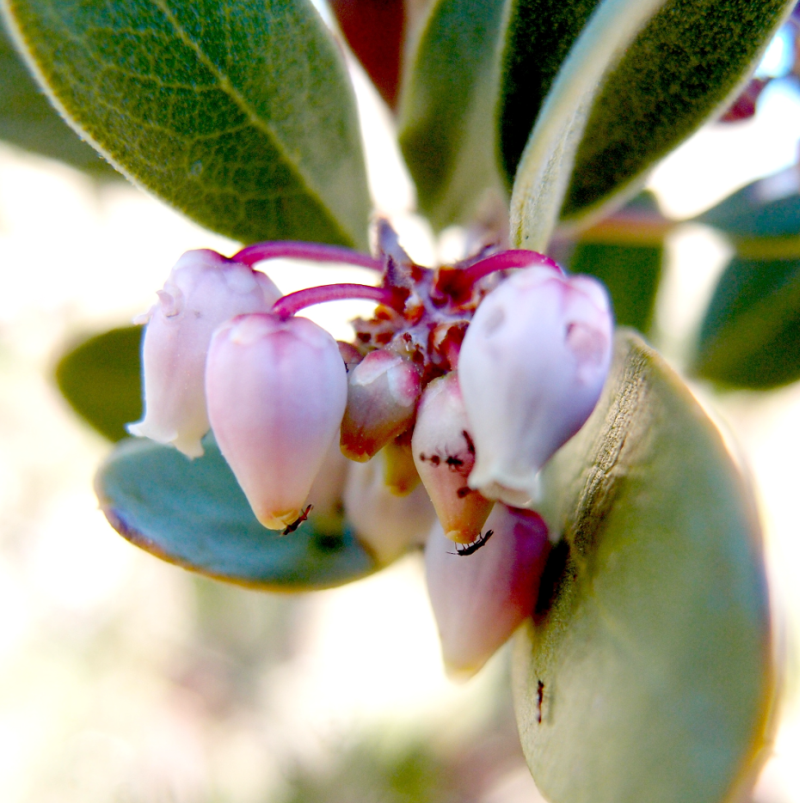Minute pollinators: The role of thrips (Thysanoptera) as pollinators of pointleaf manzanita, Arctostaphylos pungens (Ericaceae)
DOI:
https://doi.org/10.26786/1920-7603(2015)10Abstract
The feeding habits of thrips on plant tissue, and their ability to transmit viral diseases to their host plants, have usually placed these insects in the general category of pests. However, the characteristics that make them economically important, their high abundance and short- and long-distance movement capability, may also make them effective pollinators. We investigated this lesser-known role of thrips in pointleaf manzanita (Arctostaphylos pungens), a Southwestern US shrub. We measured the abundance of three species of thrips (Orothrips kelloggii, Oligothrips oreios, and Frankliniella occidentalis), examined their pollen-carrying capability, and conducted an exclusion experiment in order to determine whether thrips are able to pollinate this species, and if they do, whether they actually contribute to the reproductive success of the plant. Our data suggest that indeed thrips pollinate and do contribute significantly to reproductive success. Flowers exposed to thrips only produced significantly more fruit than did flowers from which all visitors were excluded. The roles of thrips as antagonists/mutualists are examined in the context of the numerous other floral visitors to the plant.

Downloads
Published
How to Cite
Issue
Section
License
Copyright (c) 2015 Dorit Eliyahu, Andrew C McCall, Marina Lauck, Ana Trakhtenbrot, Judith L Bronstein

This work is licensed under a Creative Commons Attribution 4.0 International License.











